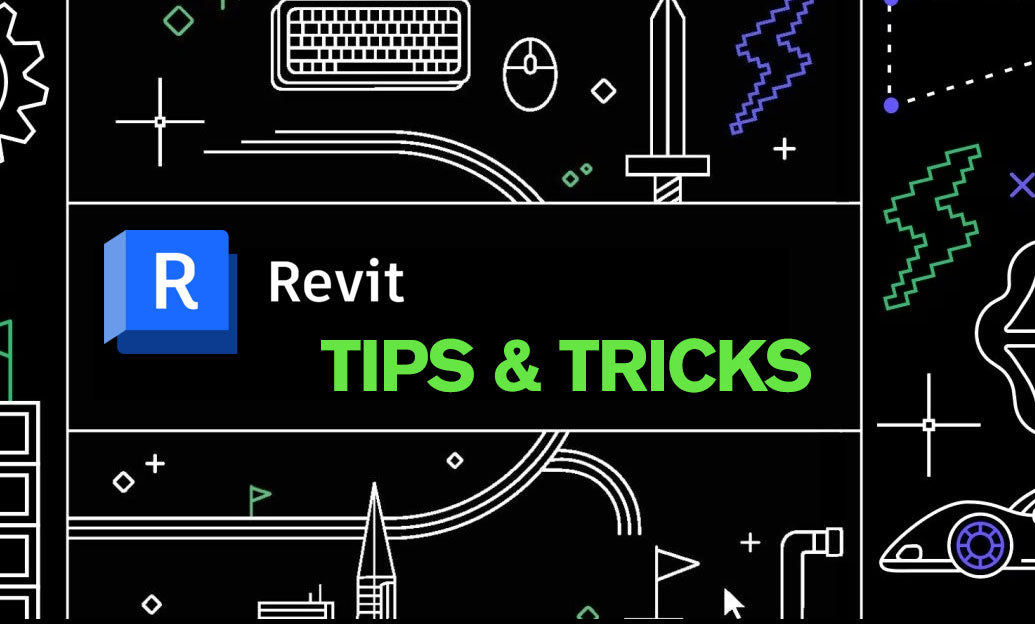Your Cart is Empty
Customer Testimonials
-
"Great customer service. The folks at Novedge were super helpful in navigating a somewhat complicated order including software upgrades and serial numbers in various stages of inactivity. They were friendly and helpful throughout the process.."
Ruben Ruckmark
"Quick & very helpful. We have been using Novedge for years and are very happy with their quick service when we need to make a purchase and excellent support resolving any issues."
Will Woodson
"Scott is the best. He reminds me about subscriptions dates, guides me in the correct direction for updates. He always responds promptly to me. He is literally the reason I continue to work with Novedge and will do so in the future."
Edward Mchugh
"Calvin Lok is “the man”. After my purchase of Sketchup 2021, he called me and provided step-by-step instructions to ease me through difficulties I was having with the setup of my new software."
Mike Borzage
How AutoCAD's Smart Blocks Placement Streamlines Your Design Workflow
December 25, 2023 3 min read


How AutoCAD's Smart Blocks Placement Streamlines Your Design Workflow
AutoCAD remains a stalwart in the arena of computer-aided design (CAD), an application that professionals across industries turn to for its robust capabilities in drafting, modeling, and documentation. One of the features that highlight AutoCAD's commitment to efficiency and user-centered design is its smart blocks placement functionality. This innovative tool is a testament to how even the most routine elements of design work can be optimized to save time and enhance accuracy.
Blocks are integral to the AutoCAD experience, serving as reusable pieces of content such as symbols, components, or annotations. They not only contribute to consistency across design documents but also significantly reduce file sizes by referencing rather than duplicating data. AutoCAD's smart blocks placement takes this utility a step further by allowing for automated placement based on your established patterns and preferences.
The elegance of AutoCAD's smart block placement lies in its simplicity. To use this feature, you insert a block in the same way you always have. The difference is that AutoCAD now intelligently positions this block based on the locations and patterns of where similar blocks have been placed in your drawing. It's like having an assistant who learns your style and anticipates your needs, positioning blocks precisely where they belong within the context of the current project.
This intuitive feature mitigates the often tedious task of manual block placement. It understands the grid of your design and the relationship between different elements, snapping blocks into place with an uncanny accuracy that seems to read your mind. This significantly decreases the number of clicks and manual inputs required, streamlining your workflow in a way that is both time-efficient and ergonomically beneficial.
In practice, this means faster completion of drawings, which is invaluable when working under tight deadlines. It also means fewer errors, as the potential for inaccurately placed blocks is greatly reduced. The cumulative effect of time saved over the course of a project can be substantial, allowing designers to allocate more time to creative problem-solving, project review, and other high-value tasks that cannot be automated.
AutoCAD does not just stop at smart blocks placement when it comes to automation. It is a platform that supports a plethora of additional features and plug-ins designed to automate various aspects of the design process. Among these are the parametric constraints that control geometric relationships between objects, and the dynamic blocks feature which allows for more complex manipulation of block geometry.
For a more enhanced experience, users can integrate AutoCAD with other software tools available on NOVEDGE. For instance, pairing AutoCAD with BlueBeam for advanced PDF creation and editing, or with MAXON's Cinema 4D for top-tier 3D modeling and rendering. The compatibility of these tools with AutoCAD ensures a seamless design process from start to finish.
It's worth noting that while AutoCAD is a powerful standalone tool, it is part of the larger Autodesk ecosystem. For architects and engineers looking to take their designs into the third dimension or require BIM capabilities, integrating AutoCAD with Revit is a logical step. Similarly, those in the civil engineering and planning fields may find value in coupling AutoCAD with Civil 3D for its enhanced civil infrastructure design and documentation capabilities.
AutoCAD's smart block placement feature is also compatible with tools developed to extend its functionality. One example is AutoCAD's own specialized toolsets, which provide tailored features for various industry sectors such as architecture, mechanical engineering, and electrical design. These toolsets come equipped with an extensive library of parts and features that leverage AutoCAD’s smart block placement, further enhancing productivity.
For users seeking additional capabilities in modeling, Rhino 3D offers a platform that excels at complex geometry and is itself enriched by plugins like xNURBS for smoother surface creation. Rhino 3D's compatibility with AutoCAD allows for a flexible exchange of 2D and 3D data, ensuring that the smart blocks placement in AutoCAD can be part of a more extensive and sophisticated design process.
Ultimately, the smart blocks placement feature in AutoCAD is about more than just efficiency; it’s about the intelligent augmentation of the human designer's capabilities. As technology continues to advance, tools like this are set to become even more sophisticated, further enhancing the synergy between human creativity and computational precision.
For those interested in exploring the latest and most advanced design software technology, we encourage you to contact our sales team at NOVEDGE. Our knowledgeable team is equipped to guide you through the myriad of available options, ensuring that you have the tools you need to not only meet but exceed your design objectives.
Also in Design News

Revit Tip: Precise Property Boundaries and Site Component Placement in Revit
December 24, 2025 2 min read
Read MoreSubscribe
Sign up to get the latest on sales, new releases and more …




